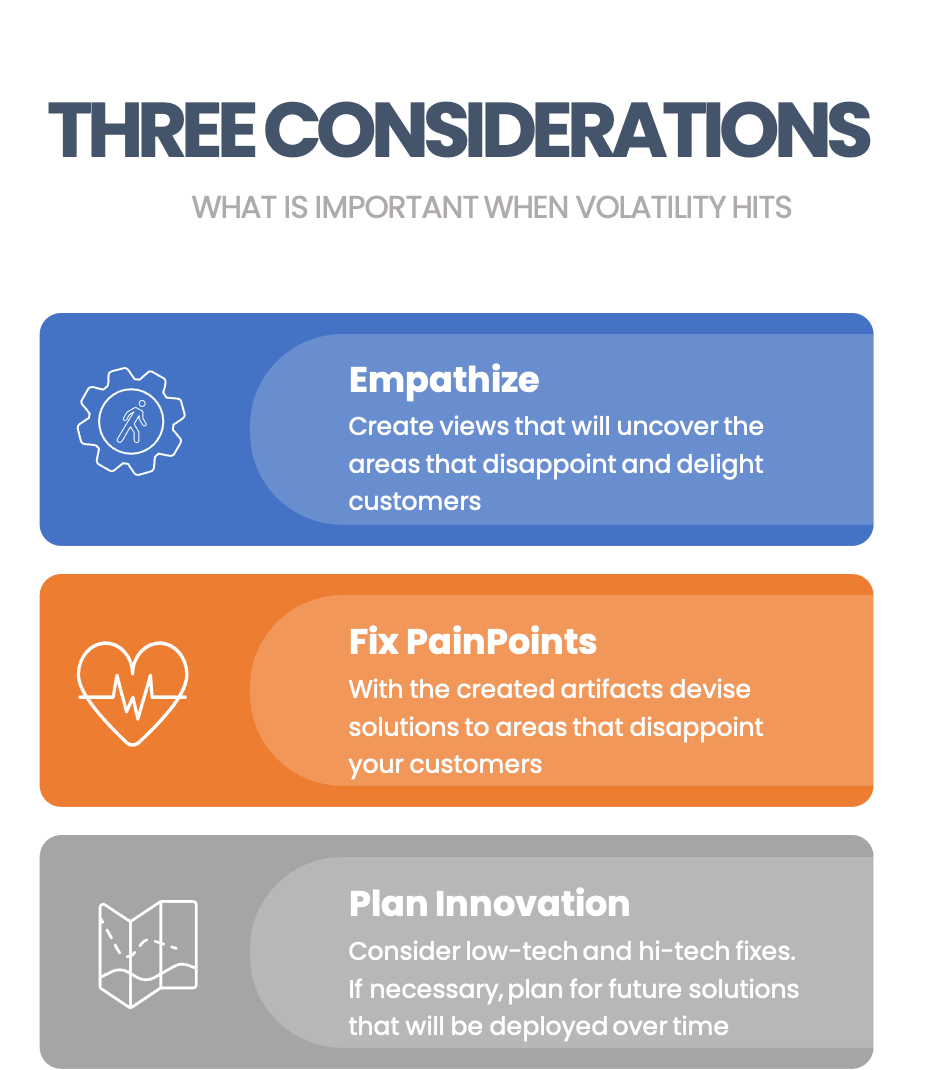The Power of Organization : Why EA and CX are Connected
- Curtis Lupton (ValueProve)
- Sep 10, 2024
- 2 min read
Over the course of my two decades leading EA and CX projects, a recurring pattern has emerged: the individuals who consistently excel in these roles often share a common set of professional traits. These traits are essential for driving successful projects and fostering a positive impact on organizations.

Meticulous Organization: A systematic and structured approach to work.
Deep Domain Expertise: A solid understanding of complex topics and their nuances.
Prioritization Skills: The ability to focus on what matters most and avoid unnecessary complexity.
Process-driven: A preference for standardized approaches and templates to streamline tasks and ensure consistency.
CX and EA professionals who possess these characteristics might not recognize their shared potential. Organizations that can effectively connect these teams can unlock greater innovation and achieve faster outcomes. The success of both Customer Experience (CX) and Enterprise Architecture (EA) is intertwined. To understand a company's current state, leaders often rely on Enterprise Architects for a holistic view of the business landscape and the effectiveness of existing strategies. To understand the external and internal viewpoints of the company and pinpoint areas needing improvement, leaders consult with CX professionals or business experts. Both EA and CX experts are responsible for analyzing how a company functions and driving improvements. Although the perspectives derived may vary, they often rely on shared data to achieve their goals.

To determine necessary changes, understanding the current state is essential (Enterprise Architecture). Identifying, and prioritizing, the most problematic areas is crucial for proper planning (Customer Experience).
Just like doctors, a diagnosis must be established through discussion, observation, and testing. Only after that can a prognosis and treatment be created. Diagnosis can't be done without first having all the required details to develop a plan to get more healthy.
By establishing a culture of collaboration between CX and EA, companies and agencies can more effectively discover new ideas, plan, design, and maintain new innovation. By encouraging these functions to work together, companies can streamline processes, improve communication, and leverage the unique expertise of each team to drive success.
Creating a system and workspace that supports this collaborative culture is essential. This includes providing tools and technologies that facilitate communication and information sharing between teams, as well as designing spaces that encourage interaction and idea exchange. By breaking down silos and promoting cross-functional collaboration, companies can tap into the diverse perspectives and skills of their employees to develop solutions and stay ahead of the competition.
The traits that started this discussion are critical to make this new cultural paradigm work. It requires discipline, structure, standards, and the ability to be agile. These skills take time to develop and will require more real world experiences, coupled with education on techniques and methodologies.
A strategic partnership between CX and EA, combined with the expertise of individuals exhibiting these traits, will empower companies to innovate effectively while maintaining the strengths of the current offerings that customers have come to expect.
Start your EA and CX integration journey by reading this next post. Three Design Steps: CX and EA Can Work Together.



Comments